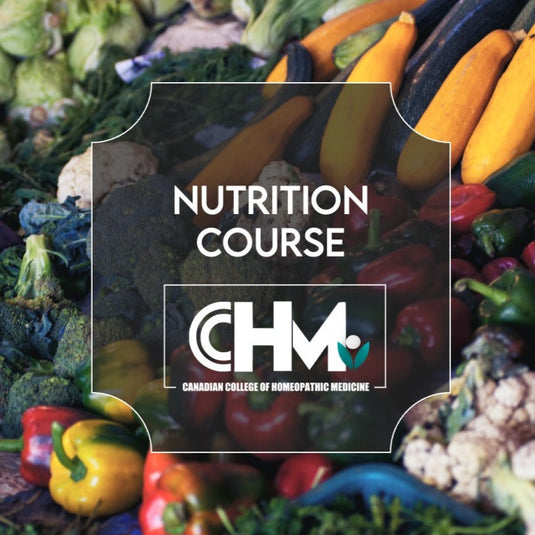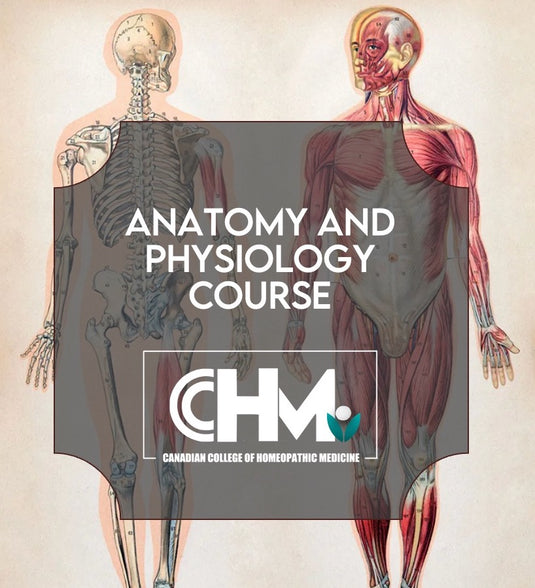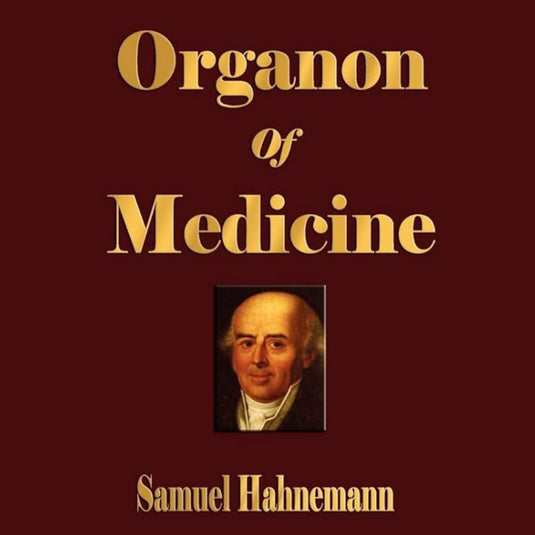- The Nature of Disease. Pathology for the Health Professions. Second Edition. T. H. McConnell.
- The Merck Manual (any)
- Robbins Basic Pathology. Vinay Kumar. 2017
- Porth's Pathophysiology
- Any text in Homeotoxicology
Required Texts
- The Nature of Disease. Pathology for the Health Professions. Second Edition. T. H. McConnell.
- The Merck Manual (any)
- Robbins Basic Pathology. Vinay Kumar. 2017
- Porth's Pathophysiology
- Any text in Homeotoxicology
CCHM E-learning





